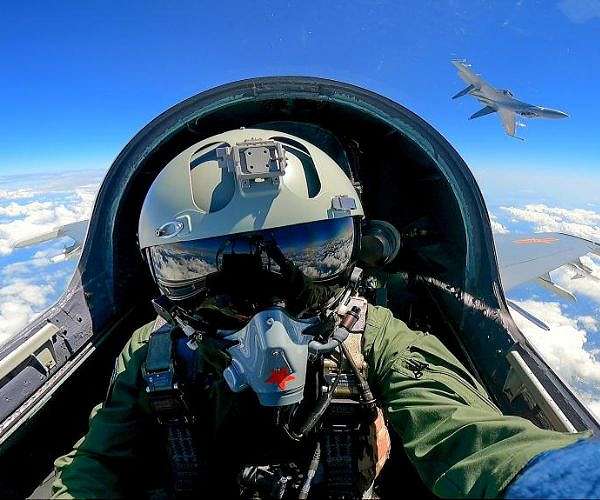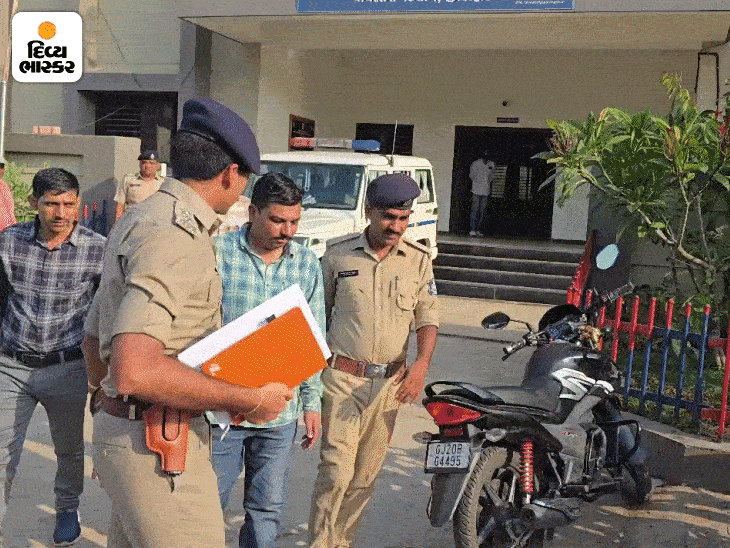Chinese Weapons Get Rare Far-Field Test in India-Pakistan Fighting
By Rebecca BAILEY with AFP reporters in Islamabad and Washington
Shanghai (AFP) May 20, 2025
Just over a week after a ceasefire with India was struck, Pakistan’s foreign minister is visiting his country’s largest arms suppliers – China – with the performance of the weapons they supplied a matter of burning interest for analysts and governments alike. The most striking claim from four days of fighting earlier this month was Islamabad’s contention that its Chinese-supplied jets had downed six Indian aircraft, including three French-made Rafale fighters. This is seen by many as a symbol of Beijing’s rising military might.
Experts who spoke to AFP cautiously noted that a lack of confirmed information and the limited scope of fighting made it difficult to draw solid conclusions about the Chinese equipment’s prowess. However, "this was a rare opportunity for the international community to gauge Chinese military hardware on the battlefield against Western (Indian) hardware," said Lyle Morris from the Asia Society Policy Institute.
While China pours hundreds of billions of dollars into defense spending each year, it is not an arms exporter like the United States. China’s drones are used in counter-terrorism operations, and its weapons have been deployed by Saudi Arabia in Yemen and against rebel forces in African countries. "But this is the first time since the 1980s that a state has used large numbers of Chinese weapons of many types in action against another state," said Siemon Wezeman from the Stockholm International Peace Research Institute.
Pakistan accounts for around 63 percent of China’s arms exports, according to SIPRI. In the recent fighting, Pakistan used the J-10C Vigorous Dragon and J-17 Thunder planes, armed with air-to-air missiles. This was the first time the J-10C was used in active combat, according to the Stimson Center’s Yun Sun. Islamabad’s air defenses also used Chinese kit, including the HQ-9P long-range surface-to-air missile system and Chinese radar as well as armed and reconnaissance drones.
"This was the first sustained fight where the bulk of Pakistan’s forces used Chinese weapons and, basically, relied on them as their primary option," said Bilal Khan of the Toronto-based Quwa Defence News & Analysis Group. India has not officially confirmed any of its aircraft were lost, although a senior security source told AFP that three jets had crashed on home soil without giving the make or cause. Dassault, the maker of the Rafale, has not commented. The Rafale is considered one of Europe’s most high-tech jets, while the J-10C is not even China’s most advanced jet explained James Char from Singapore’s Nanyang Technological University. However, if Pakistan’s claims are true, "this should not be surprising… considering that the Rafale is a multirole fighter, whereas the J-10C was built for aerial combat and is also equipped with a stronger radar," Char said.
The Chinese air-defence systems, however, "do not appear to have been as effective as the Pakistan Air Force would have hoped," according to Khan, after India said it had neutralized one near the eastern border city of Lahore. If true, that "would be a bigger success and more than balance the loss of some aircraft in the process," said Wezeman of SIPRI.
In the days after the dogfight reports, Chengdu Aircraft Company’s stock soared over 40 percent. "We most likely will see more orders going to Chinese contractors," said the Stimson Center’s Sun. However, "it will take time and significant reorientation by Chinese arms manufacturers for the country to be a big arms exporter," said Jennifer Kavanagh of the US think tank Defense Priorities. Wezeman said he thought the stock markets "overreacted" as "we still have to see how well all the weapons used worked and if it really mean or much."
Even if more data emerges, the conflict still does not reveal much about the Chinese military’s own capabilities, the analysts said. China’s own systems and weapons are much more advanced than what it exports. While having high-tech hardware is important, "much more important is how those weapons are used," said Kavanagh. Brian Hart of CSIC cautioned against reading too much into recent developments. "I don’t think you can make direct comparisons to how these Chinese-made systems would fare in different environments against more advanced adversaries like the United States," he explained. Since the number of data points is small and we don’t know much about the proficiency and training of the personnel on either side, it is hard to draw definitive conclusions, said Kavanagh.








